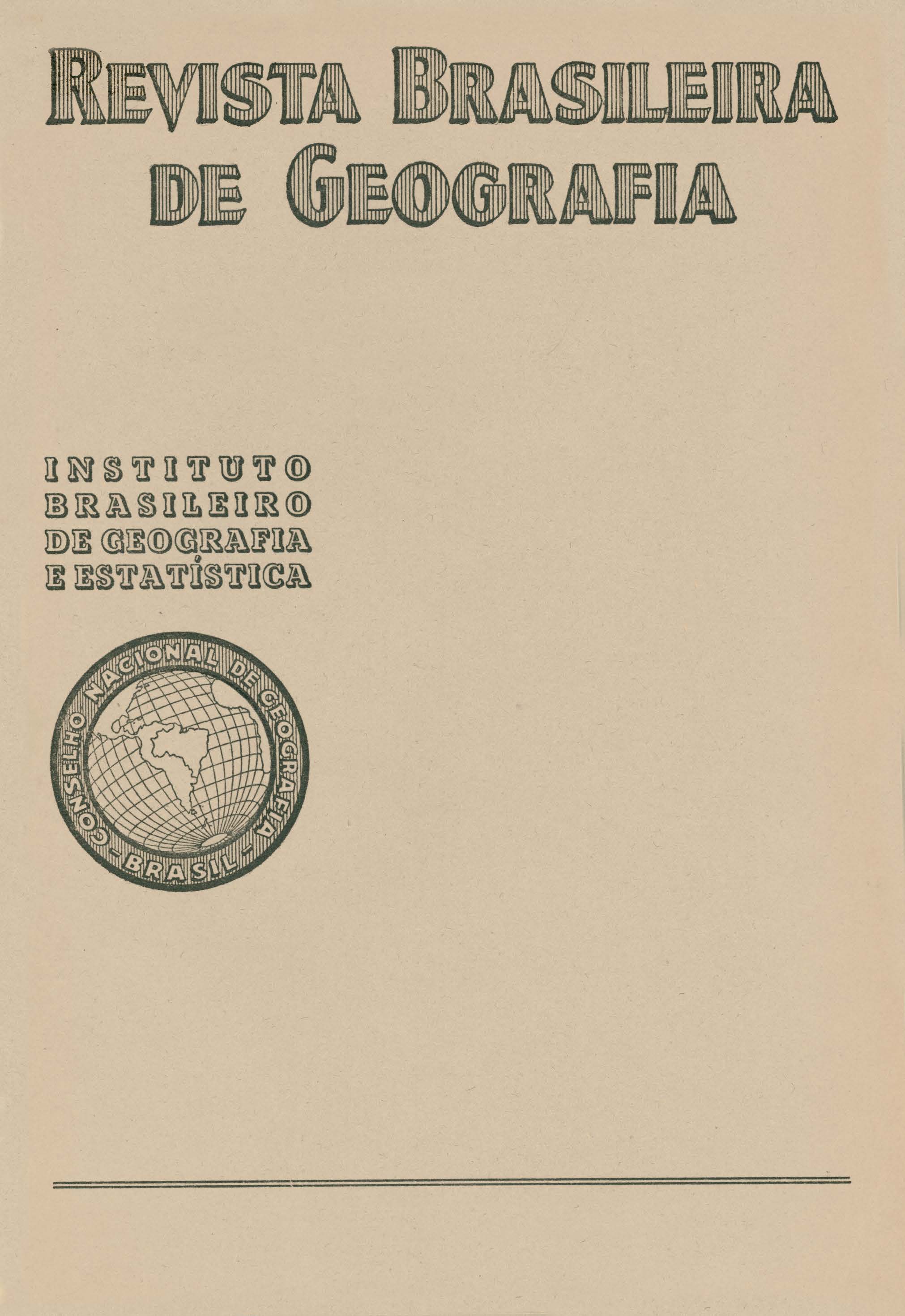Expedição ao Jalapão
Palavras-chave:
Coordenadas geográficas;, ; Expedições científicas;, JalapãoResumo
In this study Engineer Gilvandro Simas Pereira explains how the Expedition to the Jalapão under his leadership was planned and the work carried out in the field In that central region of Brazil still hardly known two geographical landforms of a certain importance were to be especially explored: the Veredão, a water source common to a number of streams belonging to two large hydrographic basins (the São Francisco and the Amazonian), and a spot upon which four Brazilian states would possibly border: Bahia, Goias, Piauí and Maranhão.
In the Veredão, usually described as a wide lagoon, the expeditionaires found but an extensive marsh land actually located on the divide of said basins, and which all along it’s north-south length lies over a sandstone chapadão (a large flat) possibly a cretaceous one In that stretch the flat was heavily affected by erosion which excavated a valley into an east-westward direction where the Veredão is to be found. On the northeastern side of the swamp rises a small stream which flows toward the same direction and bifurcates three kilometers farther forming the Sapão river, a feeder of both the São Francisco and the Formose In the Tocantins basin.
The region under consideration comprises 37,500 square kilometers. The survey tours covered 3 000 kilometers, whilst 41 geographical coordinates were determined in addition to 300 altitudes measured by means of controlled barometric methods. As a result, the map drawn on all of these activities shows that in fact there is not that presumed quadrijunction spot having opposite state borders, but two trijunction instead. Between the latter a stretch extending from 7 to 8 kilometers lies where the State of Piauí faces the State of Goias. From here on begins chapada das Mangabeiras, which is nothing more than the continuation of the plane land surface of the great chapadão above refereed to.
In his writing the author describes the more or less uniform relief of all the area surveyed: Great sandstone chapadões and chapadas (large and small flats) on which erosion goes on fast and rivets- excavate deep valleys limited by steep escarpments. In these endless tablelands of a perfectly plane surface, vegetation consists of large open fields - barren lands - where only feeble gramíneas grow. The Burity groves - groups of palm trees which grow on the marshy portions and mark the river courses as if their guards - impart, however, a slight of natural grandeur to the whole scene.
In passing to Human Geography, Engineer Gilvandro S Pereira studies man and his habitation, modes of living, traffic ways, commerce and population centers, telling of the deluded man coming back east from an almost sterile and without any organized system or transportation environment whereto, however, he had been allured by relative abundance or water when rerunning away from the temporary droughts of Brazilian northeast.
In describing all the observations made, the author stresses also the hardships met with and the pains the expeditionaires took to perform their program. Tais was carried out in a five months period all the way across semi-desert regions in which resources of any kind were difficult, or rather impossible to get.






